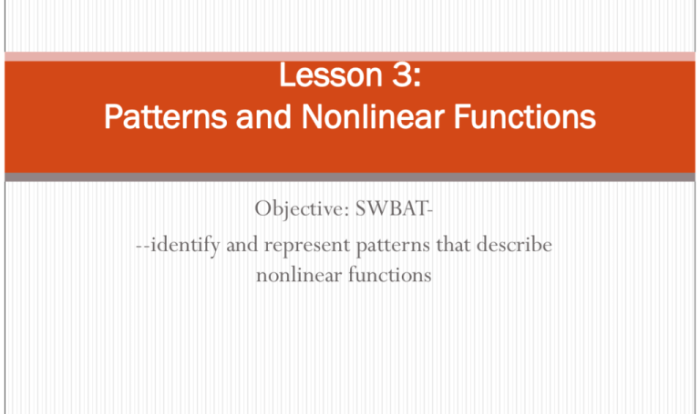Round 324 to the nearest hundred – Rounding 324 to the nearest hundred embarks on an intellectual journey, unraveling the intricacies of numerical approximation and its practical applications. Join us as we delve into the fascinating world of rounding, where numbers dance to the rhythm of simplicity and precision.
From exploring the methods of rounding to unraveling its applications in diverse fields, this guide promises to illuminate the art of numerical estimation, empowering you to navigate the world of numbers with newfound confidence.
Rounding to the Nearest Hundred
Rounding numbers to the nearest hundred involves adjusting a number to the closest multiple of one hundred. This technique is commonly used to simplify numerical values, making them easier to understand and compare.
Examples
- To round 254 to the nearest hundred, we examine the tens digit. Since it is 5 or greater, we round up to the next hundred, which is 300.
- To round 123 to the nearest hundred, the tens digit is 2, which is less than 5. Therefore, we round down to the nearest hundred, which is 100.
- To round 500 to the nearest hundred, the tens digit is 0, which is exactly 5. In such cases, we round up to the next hundred, which is 600.
Methods for Rounding
When rounding numbers, there are two main methods used: rounding up and rounding down.
Rounding up involves increasing the number to the nearest higher whole number, while rounding down involves decreasing the number to the nearest lower whole number.
Rounding Up
To round up a number, follow these steps:
- Identify the digit in the place value that you want to round to.
- If the digit is 5 or greater, increase the digit in the place value by 1.
- If the digit is less than 5, leave the digit in the place value unchanged.
- Set all the digits to the right of the place value you are rounding to zero.
Rounding Down
To round down a number, follow these steps:
- Identify the digit in the place value that you want to round to.
- If the digit is less than 5, leave the digit in the place value unchanged.
- If the digit is 5 or greater, decrease the digit in the place value by 1.
- Set all the digits to the right of the place value you are rounding to zero.
Rounding in Context
Rounding to the nearest hundred is a common practice in various real-life scenarios. It helps simplify calculations, making data more manageable and easier to interpret.
For instance, consider a grocery store that tracks its daily sales. Instead of recording each transaction’s exact amount, the store rounds the sales figures to the nearest hundred dollars. This simplifies the accounting process and provides a quick estimate of the day’s revenue.
Population Estimation
Rounding is also used in population estimation. Instead of counting every individual, statisticians often use sampling techniques and round the estimated population to the nearest hundred or thousand. This approach provides a reasonable approximation while reducing the time and resources required for an exact count.
Applications of Rounding: Round 324 To The Nearest Hundred
Rounding is a fundamental mathematical operation that simplifies calculations and enhances the clarity of numerical data. Its applications extend across diverse fields, including finance, statistics, and engineering.
Finance
In finance, rounding is crucial for streamlining calculations related to investments, budgeting, and accounting. For instance, rounding stock prices to the nearest dollar or cent facilitates quick and efficient decision-making during trading. Similarly, rounding budget figures to the nearest hundred or thousand simplifies financial planning and expense tracking.
Statistics
In statistics, rounding is essential for presenting data in a comprehensible and meaningful manner. By rounding large datasets to the nearest significant digit, researchers can simplify analysis and identify key trends and patterns. Rounding also helps reduce the impact of small fluctuations or measurement errors, enhancing the accuracy of statistical inferences.
Engineering, Round 324 to the nearest hundred
In engineering, rounding plays a vital role in simplifying complex calculations and ensuring practical implementations. For example, rounding dimensions and tolerances to the nearest millimeter or inch enables efficient manufacturing processes and reduces the likelihood of errors. Rounding also facilitates the conversion between different units of measurement, ensuring compatibility and accuracy in engineering designs.
Rounding with Decimals
Rounding numbers with decimal places follows the same principles as rounding whole numbers. The key difference is that we consider the digit in the place we are rounding to and the digit immediately to its right.
Rounding Decimals to the Nearest Hundred
To round a decimal to the nearest hundred, we look at the digit in the tenths place. If it is 5 or greater, we round up the hundredths place by one. If it is less than 5, we leave the hundredths place as it is.
Example:Round 345.678 to the nearest hundred.
- The digit in the tenths place is 6, which is greater than 5.
- So, we round up the hundredths place by one, giving us 346.00.
Example:Round 123.456 to the nearest hundred.
- The digit in the tenths place is 4, which is less than 5.
- So, we leave the hundredths place as it is, giving us 123.00.
FAQ Section
What is rounding to the nearest hundred?
Rounding to the nearest hundred involves adjusting a number to the closest multiple of 100.
How do I round 324 to the nearest hundred?
Since 324 is closer to 300 than 400, rounding it to the nearest hundred results in 300.
What are the benefits of rounding?
Rounding simplifies calculations, makes data more manageable, and improves accuracy in various fields.
